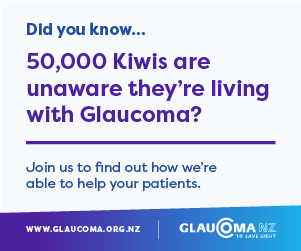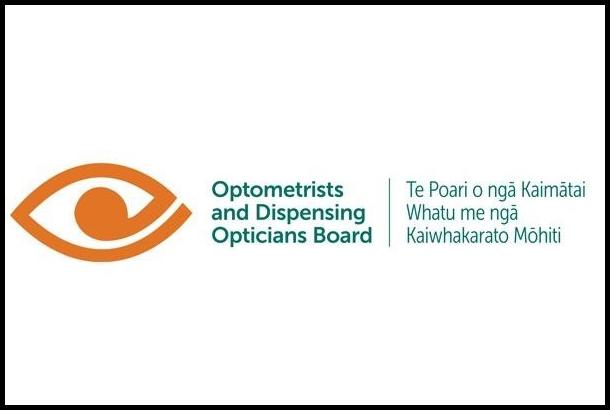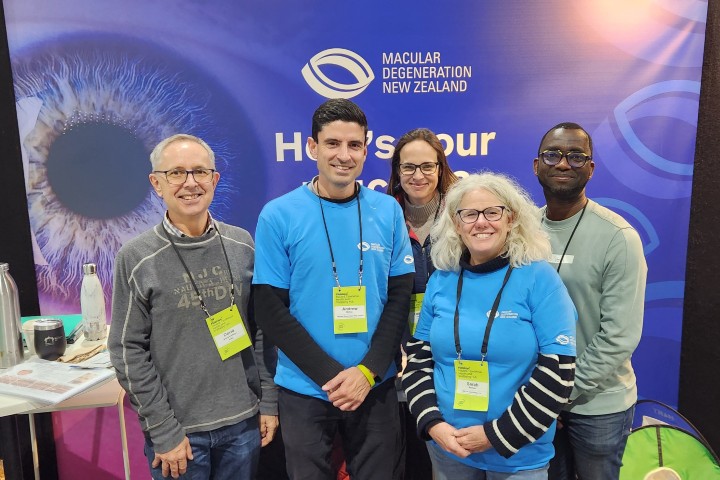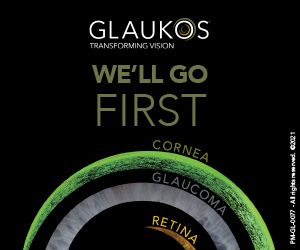Faricimab trumps first-gen anti-VEGFs
Australian and Swiss researchers found “a significant proportion” of choroidal neovascular membrane (CNV) lesions were inactivated and treatment intervals extended in patients with neovascular age-related macular degeneration (nAMD) when switched to faricimab (Vabysmo) from first-generation anti-VEGF treatments.
Led by researchers at The Save Sight Institute, University of Sydney, the multicentre observational study was published in Clinical & Experimental Ophthalmology. It included 383 eyes in the Fight Retinal Blindness! registry, which were switched to faricimab from aflibercept 2mg, ranibizumab, or bevacizumab.
The proportion of CNV lesions graded as inactive increased from 39% at switch to 63% at 12 months (p<0.01); mean visual acuity (95% confidence interval) decreased from 70.0 (68.6, 71.5) to 68.4 (66.7, 70.1) logarithm of the minimum angle of resolution letters (both approximately 6/12) and mean treatment intervals increased from 7.2 to 10.5 weeks (p<0.01).
“CNV activity also reduced in non-switched eyes and their treatment intervals extended, suggesting a broader trend possibly related to overall treatment strategies rather than the specific agent, though the effects were less than in the switched eyes,” said authors. A small reduction in visual acuity also occurred in switchers and eyes not switched through the same period, which warrants further discussion, they said.

























